Tag: ventilator
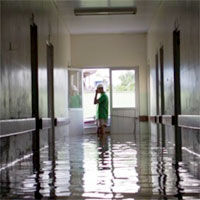
The Overlooked Danger of Delirium in Hospitals
The condition, once known as "ICU psychosis," disproportionately affects seniors and those who have been heavily sedated—and the delusions can last long after they're discharged. Patients treated in intensive-care units... read more

Risk Factors for Ventilator-Associated Events in a PICU
There is an association between ventilator-associated condition and infection-related ventilator-associated complication in critically ill children with acute kidney injury, ventilatory support, and neuromuscular blockade.... read more

Comparison between a nurse-led weaning protocol and weaning based on physician’s clinical judgment in tracheostomized critically ill patients
In this pilot RCT we demonstrated that a nurse-led weaning protocol from tracheostomy was feasible and safe. A larger RCT is justified to assess efficacy. We enrolled 65 patients, 27 were in the protocol group and 38 in the... read more
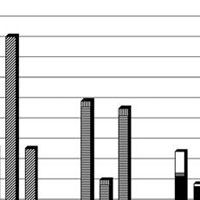
Neural Breathing Pattern and Patient-Ventilator Interaction During Neurally Adjusted Ventilatory Assist and Conventional Ventilation in Newborns
Patient-ventilator interaction appears to be improved with neurally adjusted ventilatory assist. Analysis of the neural breathing pattern revealed a reduction in central apnea during neurally adjusted ventilatory assist use.... read more

Gas Exchange in ARDS
Acute respiratory distress syndrome (ARDS) is characterized by severe impairment of gas exchange. Hypoxemia is mainly due to intrapulmonary shunt, whereas increased alveolar dead space explains the alteration of CO2 clearance.... read more

Validation of the Vasoactive-Inotropic Score in Pediatric Sepsis
Secondary retrospective analysis of a single-center sepsis registry. Vasoactive-Inotropic Score in pediatric sepsis patients is independently associated with important clinically relevant outcomes including ICU length of... read more
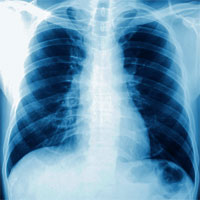
A Randomized Trial of the Amikacin Fosfomycin Inhalation System for the Adjunctive Therapy of Gram-Negative VAP
Clinical failures in ventilator-associated pneumonia (VAP) caused by gram-negative bacteria are common and associated with substantial morbidity, mortality, and resource utilization. In this trial of adjunctive aerosol therapy... read more
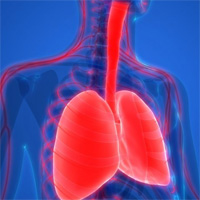
Using Ventilator to Control Oxygen May Be COPD Game-changer
Using a ventilator to control the level of supplemental oxygen a chronic obstructive pulmonary disease (COPD) patient receives halved patients' trips to the hospital from disease flare-ups, according to a clinical trial. British... read more

Preadmission Oral Corticosteroids Are Associated With Reduced Risk of ARDS in Critically Ill Adults With Sepsis
The unadjusted occurrence rate of acute respiratory distress syndrome within 96 hours of ICU admission was 35% among patients who had received oral corticosteroids compared with 42% among those who had not (p = 0.107). In... read more
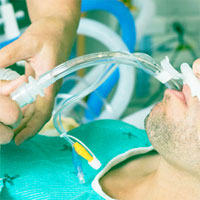
Ultra-Short-Course Antibiotics for Patients With Suspected Ventilator-Associated Pneumonia but Minimal and Stable Ventilator Settings
Many patients started on antibiotics for possible ventilator-associated pneumonia (VAP) do not have pneumonia. Patients with minimal and stable ventilator settings may be suitable candidates for early antibiotic discontinuation.... read more

Poor outcome predictors in status epilepticus
Predictors of poor outcomes in patients with status epilepticus admitted to the neurointensive care unit include complex partial status epilepticus, refractory status epilepticus, or the development of nonconvulsive status... read more

The CAPCRI study on Semi-recumbent positioning
The CAPCRI study(3) conducted by Mireia Llaurado and her team had three aims: to evaluate real semi-recumbent position compliance and degree of head-of-bed elevation in Spanish intensive care units, to describe the relationship... read more

Antibiotic therapy advances in the critically ill
Key issues related to antibiotic management in the critically ill, including problems associated with timing, duration, and dosing of antibiotics. The authors highlighted the importance of early diagnosis of infection and... read more









